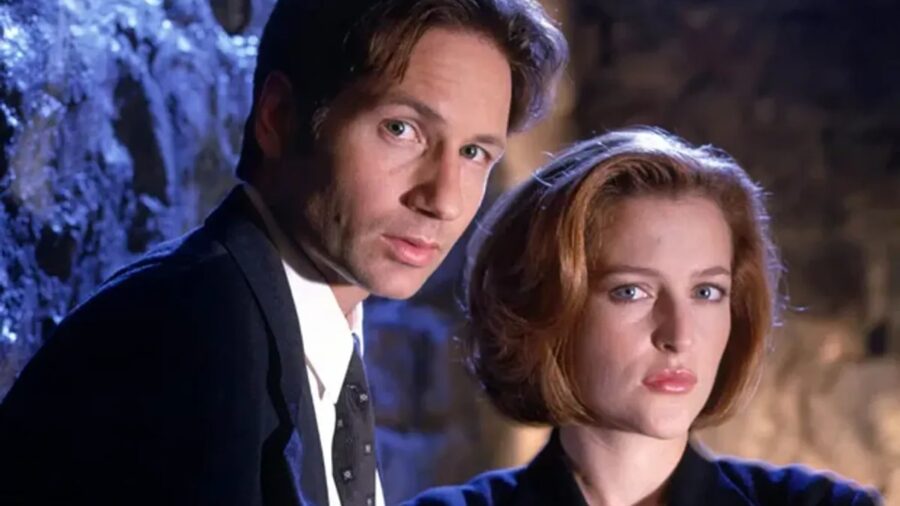The X-Files Became A Victim Of Its Own Success By Episode 3

It didn’t take long for The X-Files to become a pop culture sensation largely because the first season had all the elements that made the show great. The first two episodes focused heavily on the show’s ongoing alien/government conspiracy mythology, while the third episode introduced the show’s familiar “monster of the week” formula.
However, The X-Files soon became a victim of its own success because while the mythology episodes were meant to be the meat and potatoes of the show, audiences preferred the monster of the week episodes by a very wide margin.
The Moster Of The Week Format

Obviously, one of the reasons that The X-Files monster of the week episodes became so popular is that the first one made fans’ skin crawl in the creepiest possible way. “Squeeze” introduced Eugene Tooms, a serial killer with a twist: he can contort his body and sneak into any victim’s home, meaning that nobody is safe. Oh, and he lives in a nest made of bile, and should he manage to eat enough human livers, he might just live forever.
The Show’s Best Episodes Ignore The Conspiracy

Fortunately for fans of The X-Files, these monster of the week episodes gave us some of the show’s most memorable villains. Sure, the Cigarette Smoking Man has an aura of menace, but he’s not as viscerally terrifying as the human-sized Flukeman in “The Host.” And the traitorous Alex Krycek (lovingly nicknamed “Ratboy” by the early fandom) is a great foil for Mulder, but he doesn’t make us want to hide under the blanket the way the incestuous murder hillbillies of “Home” do.
Monster Of The Week Was Better For Casual Viewers

Such memorable menaces popped up in every season of The X-Files, and with gimmicks straight out of a horror movie, they quickly established the monster of the week episodes as better than the mythology episodes. Certainly, they were better for casual Fox audiences just looking for something entertaining to watch.
The show’s most faithful X-Philes might have had the patience to try to figure out all the clues behind mysteries like the abduction of Mulder’s sister and the Cigarette Smoking Man’s real agenda, but the blunt truth is that most audiences just wanted to see sexy FBI agents narrowly defeat horrific creatures.
The Show’s Mythology Never Delivered

One of the sadder things about The X-Files is that the mythology episodes might have eventually proven more popular than the monster of the week episodes if they had managed to deliver the goods in a satisfying way. From the beginning, part of the show’s appeal was the notion that its creator, Chris Carter, had a grand plan for the show’s many conspiracies and mysteries that would eventually pay off for long-term fans.
The X-Files Revival Was Filled With Needless Twists

Simply put, that never happened, and as recently as the X-Files revival episodes, we were getting desperate new reveals from Carter (no, wait, here’s the real secret about Scully’s kid!) that made it abundantly clear he was making all of this up as he went along. As fans of the show, this retroactively made the previous mythology eps that much worse because we now knew they didn’t amount to anything, no matter how hard David Duchovny and Gillian Anderson tried to convince us otherwise.
However, standalone adventures where Mulder and Scully fight everything from killer dolls to rampaging cockroaches remain far more memorable than pretty much anything with the Cigarette Smoking Man in it.
Less Mythology, More Monsters

You can probably tell, but we’re fans of The X-Files still bummed about how badly Carter handled the mythology, so the monster of the week episodes have become our creepy comfort food whenever we rewatch the show. We’ll always remember our hype when the show premiered, just as we’ll always remember tuning in each week to see something unlike anything else on television.
But each bungled revelation and goofy reverse-reveal eventually left such a bad taste in our mouths that we’re still trying to rinse it out, one shlocky monster at a time.












